Stuart Almond: “Technology should always be used to help us be more human”
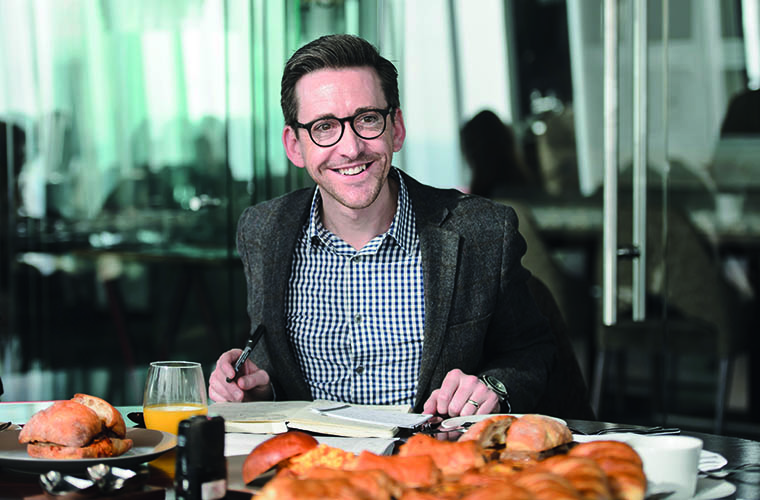
Posted on Jan 31, 2020 by FEED Staff
Stuart Almond is Sony’s head of Intelligent Media Services and one of Sony Professional Solutions’ most public faces. He talks to FEED about the astounding rate of change in the media technology industry and the importance of putting people before tech
FEED: Tell us a little bit about your early days in the industry.
Stuart Almond: I’ve been in and around the media entertainment industry for over 20 years. I came into the industry as a broadcast journalist for the BBC and was there for eight years in a variety of roles, ranging from production to R&D. I went from there into a more commercial role for another company, called Shine. Now it’s much larger and known as Endemol Shine. But I always found myself at the forefront of innovation.

I was there when we started to look at this thing called Microsoft Messenger, and this other thing called MySpace that had just launched, where people could actually produce their own content about themselves and almost be like individual broadcasters. It sounds so old-school now, but this was the cutting edge. It was the time of the first big dotcom boom, but people overlook that what was also happening was the beginning of individuals having a voice on an online platform. We realised we’d slipped into this new digital era, and I fell into a world where I was very much engrossed in technology and how it was changing to allow a new dawn of the media and entertainment industry.
Now at Sony, I get the opportunity to work alongside the divisions here and see how innovation took us to this world of second screen, and social media, and then virtual reality and augmented reality, and then 5G on top of that as well. And part of my journey at Sony has been the introduction of a cloud of virtualised services and where this frontier takes us.
I started as a journalist and now I’m in a very fortunate and privileged position where I get to be spokesperson for a brand like Sony, and talking about really what the future of journalism could be, and where do we go next.
FEED: What was this new digital transition like?
Stuart Almond: You were no longer restricted by that limited number of terrestrial channels or (what then became) subscription services for cable or satellite TV. You had this opportunity to watch and engage with content globally – through your computer at that point. The excitement of what was possible there led me to working at a global systems integrator called Mediasmiths, which took the first UK broadcaster completely tapeless working with broadcasters like Sky, which was the first European broadcaster to go tapeless in the early 2000s.
Technology should always be used to enable us to be more human
You’re talking about a commodity these days with media asset management systems, but a lot of broadcasters and entertainment companies back then were still relying on tape and very linear processes. Now there was this world where all of a sudden everything could be digitised and content could be pushed and used in very different ways. It became a completely different world.
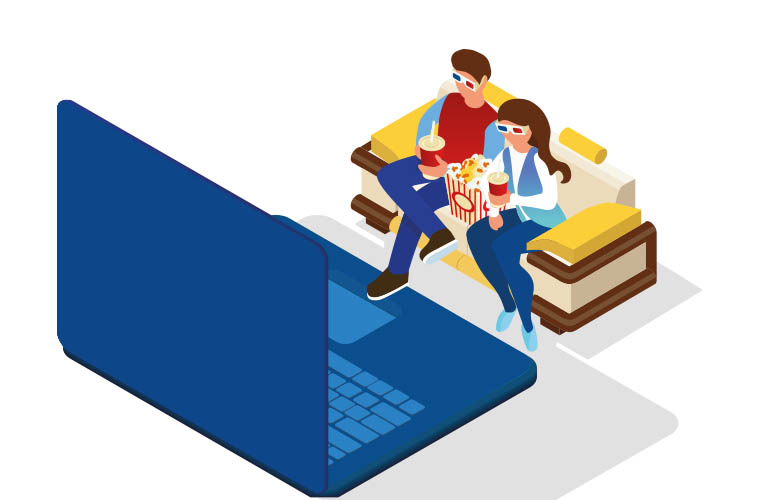
FEED: What would you say have been the biggest surprises as you’ve watched this technological change taking place?
Stuart Almond: There was always a vision or ambition of where we thought the world could go. And every time you saw the elements of new technology, you thought about where it might take you. Maybe it was the idea that cloud is coming and people are going to stop using on-premises infrastructure and go to a shared resource, or that fewer and fewer people are going to watch televised TV, because you’ll be able to watch content through different devices wherever you are.
What’s surprising is not what we can achieve with technology, but the speed of that change. Only a few years ago, we were saying, “Yeah, within the next three to five years, more people will be accessing content over mobile than ever before” – and, bang, it’s within one year. Or, “Over the next few years, more and more people will start to use cloud and realise they don’t need as much on-premises stuff”. And again, it’s been half of the time we predicted. So I think it’s not necessarily predictions that change, but the speed at which they’ve become reality that has surprised me – pleasantly, I guess.
The other thing is the change from what used to be seen as a professional, traditional industry to the need to be agile and flexible and working on intuition. And that’s because there’s been a big flip in the market. It used to be the case where the broadcast industry would have a technology, and almost want to show off what was possible and tell the consumer market out there, “This is what you’re missing out on”. Take the BBC, for example, back in the 1930s, producing colour television. That created a boom of people and manufacturers thinking about creating colour TV for the privileged few who could afford it.
Now you’ve got a teenager with the 4K smartphone demanding great 4K content from a streaming service, whenever they want it, wherever they are. They own all the power now. It’s reversed. The broadcasters or the content creators now need to make sure they create that content in that way, so content can be accessed instantly. The consumers have taken control.
FEED: How do these technology changes affect the content itself?
Steven Almond: That’s actually the bit I love about my career the most. Obviously, I get excited like the next tech-head when it comes to emerging technology, but we’re in the business to make things – to make people laugh, make people cry, make people experience excitement during sport. When you start thinking about how that’s consumed or produced or made, at the end of the day, when you strip away the technology, it’s the brilliant minds and people who make the difference. At Sony, we’re privileged to be at a crossroads where art meets business and where technology meets creativity. You’re in such a beautiful, unique position to see how people are enabled to do things very differently.
What’s surprising is not what we can achieve with technology but the speed of that change
We’re a big vendor. We work with a lot of different types of customer and, at the end of the day, the conversation comes back to asking: what is it you want your people to be able to achieve? Or what do you need to achieve yourself? And then we try to work out how that happens. Is technology the right answer, how do we support it, how do we train around it? But ultimately, what’s your big vision and what will empower you to be able to make it better?
FEED: In the past, you have brought up the idea that we’re in a ‘post digital’ world. What do you mean by that?
Stuart Almond: We’ve had some big transitions take place. We’ve had the boom of where we could deliver the content to and the boom of moving from tape to digital. That was the last big revolution, really, within the media entertainment industry: how we went from a tapeless organisation. And it was probably only 15 years ago that people started that journey to go tapeless. Now we can more confidently say we’re a digitised industry.
What I mean when I refer to us being ‘post digital’ is that now we can start looking at ways that value or experiences are added to that content. Maybe in the way it’s consumed. What do you do next? Is it about creating the second-screen experience or a VR and AR experience? What is it? It’s human nature that we evolve and our desire and need to be fed with information grows as well.
We’ve taken the industry to this digital space. But what is coming next? Being post digital, does that means we can be a lot more agile and flexible? Does that mean we can embrace cloud a lot more? Does that mean 5G can turn the corner and do a lot more? We’re not constrained by physical hardware, or certainly we’re not going to be as much going forward in the future.
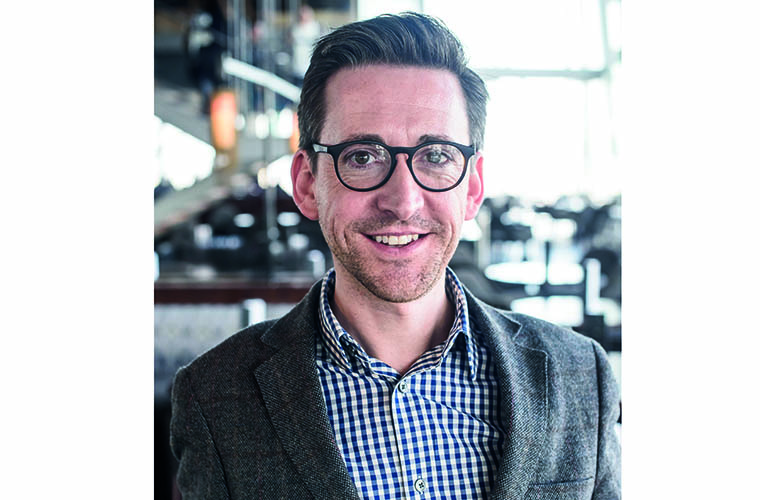
FEED: So, what technology do you really wish someone would invent?
Stuart Almond: It’s a far-fetched scenario. But I’m a family guy at the end of the day, and we want the value of time together, but the content choices are very sporadic and different. This is not a new challenge for families or groups of friends, but how do we engage with the same content in the same room? Could a future technology exist where we could have a kind of shared experience from a single point of delivery?
Imagine a TV that we can all watch and engage in, but actually, as we’re watching it, we’re all experiencing different angles of what we’re seeing or can choose them according to our own personal taste. Imagine that. That would be quite impressive. Or, if I sit and watch the same content with my wife and I prefer close-up shots, as opposed to the wide angle and she is presented with the wide angle. Can we actually watch the same content, but get to see different preferences? That would be the one for my wish list.
FEED: And then you would have the opportunity to compare experiences.
Steven Almond: Absolutely. It becomes a talking point. “Did you watch Game of Thrones last night?” “Yeah! I was on the back of the horse while I was riding past. I saw you.” It’s almost like you’ve been to a football match on a Saturday, but you were sitting in different chairs, yet had the same overall end experience. But what a different world that would be if we could experience everything like a live event – even if it wasn’t.
FEED: That also brings up already existing content personalisation. Content recommendation algorithms may mean people are getting highly biased and differing views of the world. How should we approach that?
Stuart Almond: Maybe it’s because I’ve got a journalistic news background, but I’m passionate about this problem of only subscribing to specific news channels, and then only being told information you want to hear. It’s almost like it’s voluntary propaganda. And how do we avoid that? I strongly value organisations who believe in the freedom of press and non-bias. We’re very lucky in the UK, where we have things like the BBC. Other countries have them as well, but some countries do not.
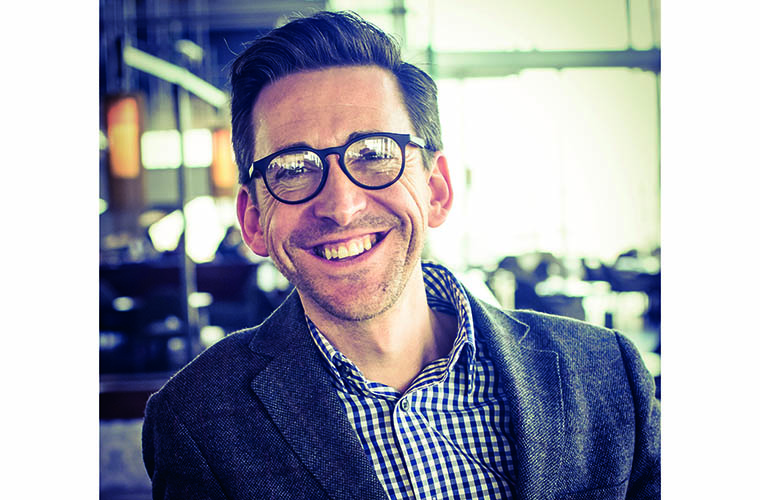
I think it’s potentially a future that holds a lot of risk, unless we carefully manage what we are producing and how we want to consume it. We can’t become too reliant on artificial intelligence prescribing what we think we should be watching, and we should always stay human about what we do, and have free choice about what we want to watch and what we consume. That includes not hiding ourselves from things that we don’t think we want to see. Because sometimes harsh truth and reality do happen, and it’s the smarter society that gets to see that.
When you strip away the technology, it’s the brilliant minds and people who make the difference
Is technology going to make us more isolated or insulated in the future? The actual answer is: no. I think in the future, technology is going to be what allows us to be more human. The more we can use the commodity parts of our world to allow machines to do what machines do best, the more we can therefore keep humans focused on what they do best, which is decision-making, creativity and a view of the wider world. That’s definitely where we need to go.
Technology should always be used to enable us to be more human, as opposed to take away our ultimately human qualities, like the power of choice, or the fact that we can actually make up our own minds on what we’re watching.
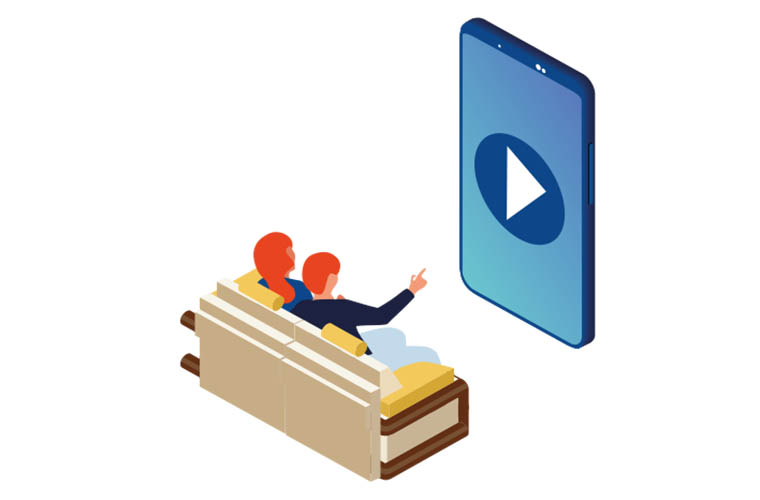
This article first appeared in the February 2020 issue of FEED magazine.











